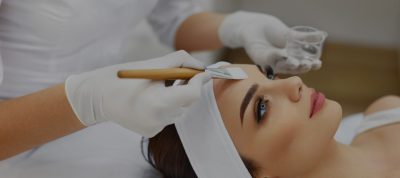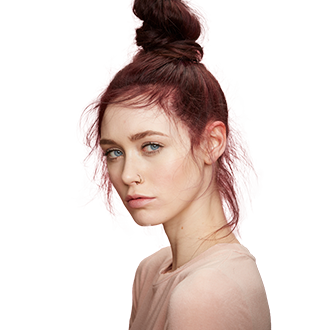Climates are changing as we invite autumn in. Here in California, where we only really have two seasons, we experience Indian summers into October. The weather seems to be getting warmer versus taking a step back to cool off.
Other places that do not experience Indian summers actually have four seasons and are starting to become chilly. People there are preparing their homes to greet the snowy nights.
So our topic is climate change! Sudden climate changes can leave skin and hair a bit dull if not treated head on. So how does a warmer or cooler climate affect your skin?
Let’s meet the skin first. When dealing with extreme temperatures, the skin goes into a panic. She’s a tough cookie, but when it comes to dealing with drastic change, she puts her defense up.
Most people forget that the skin is an organ and its job is to protect above all. It acts as an external shield to the inner organs to keep the body within a normal temperature (37°C, 98.6°F) at all times. When the skin suddenly shifts locations to wildly different temperatures, it reacts. It happens all the time. Walking indoors from the hot, humid weather to a cool, air-conditioned building and, within a couple of seconds, the skin must adjust. Oh skin, don’t we all!
Whatever climate the skin is faced with, being moisturized is very important. The moisture—consisting of fatty acids, lipids, and natural oils—should be between pH level 4.5 and 5.5 (acidic) which is enough to repel bacteria. Doing this successfully depends on external factors (e.g. moisturizers) and internal factors (e.g. water bottles galore).
Sunscreen should always be used daily, no matter the weather and climate! And in any climate, moisturize the skin and make sure you’re drinking enough water.
Now, when the weather is warm, your skin reacts by sweating, which cools down the body. Heat and your skin tends to butt heads. This is the time where most breakouts occur because your skin is in overdrive producing oils already so people think: “Why even moisturize? It’ll only clog pores even more and cause more bumpity bumps.”
You do want to avoid the thicker, heavier creams for moisturizing during the warmer climate and stick to something light and noncomedogenic. But you still have to moisturize your skin. Botanical kinetics™ hydrating lotion is a great option because this quick-absorbing lotion—which contains emollients derived from coconut, jojoba and other naturally-derived ingredients—replenishes moisture with a gentle touch. Camomile and lavender blend helps promote a soft, supple skin texture.
Remember those tips for warmer weather. But now let’s add humidity. Moisturizers that contain humectants—a hygroscopic substance used to keep things moist—is ideal for humid weather. They prevent the loss of moisture so the skin retains the natural moisture it already has. According to a Mayo Clinic article, you should look at the ingredient list for urea, glycerin, aloe vera, or alpha hydroxy acids.
But if you actually live where fall transitions into winter, your skin functions differently. Circulation becomes sluggish which results in sensitive skin. Remember, your skin just went through a season of hot weather and is about to adjust to the colder weather. Keep those summer products to the side, or even toss them to avoid using them after expiration, and grab the thicker creams for the cold air.
In a 2011 article, Jessica Krant, Assistant Clinical Professor of Dermatology at SUNY Downstate Medical Center said, “Winter brings dryness from every direction, which sucks the moisture out of our skin, lips, hair and even our eyes.” She makes a series of suggestions on how to combat the effects of winter cold.
In an article from HealthDay News, Dr. Amy McMichael, a dermatologist at the Wake Forest Baptist Medical Center in Winston-Salem, offered the following tips for protecting skin during the winter months:
- Switch to a thicker facial and body moisturizer.
- Do not use indoor tanning beds.
- Limit alcohol consumption and avoid hot beverages to minimize rosacea flare-ups.
- Laser and chemical procedures are available that can help treat rosacea, melasma (a kind of skin discoloration) and other skin problems.
- Take advantage of off-season or post-holiday sales on sun-protective clothing to help protect your skin all year long.
The Daily Glow, which is now EveryDayHealth, released a report on the Best and Worst Skin Cities. There’s also an infographic.
San Francisco is number two, yea!











